Inisheer (Inis Oírr)
-

With this motorcycle, a BMW R50 1964, I travelled for 3 months in Ireland 1979
-

Self-portrait lying on the limestone in 1979
-

Inis Oírr 1979
-
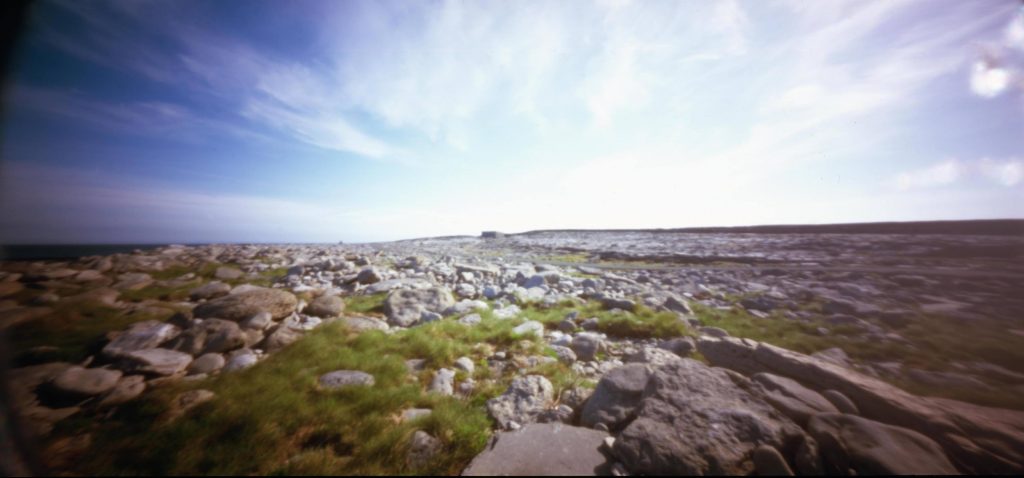
Inis Oírr 2015 Pinhole photo on Fuji diafilm
-

Unfolded church st. Gobnait
-
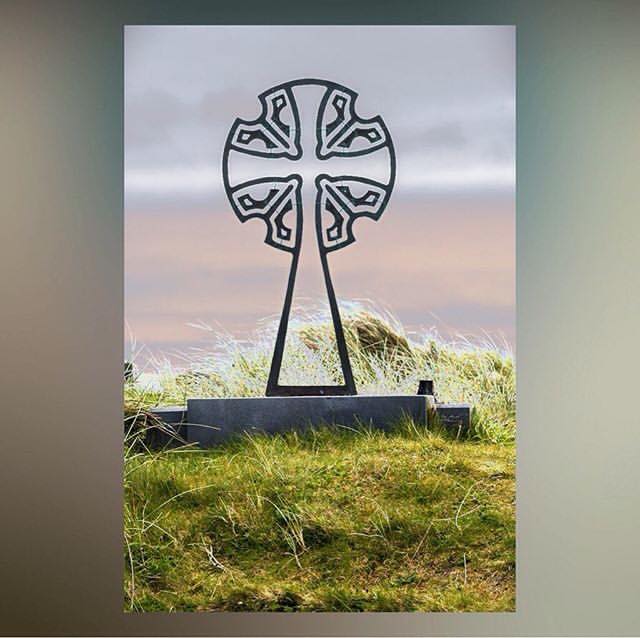
St. Quavan's cross. Reconstruction in bronze, 2006. Graveyard. Picture found on www
-

St. Quavan's cross. First reconstruction in wood. 2004. Hanging above the altar in the local church.
-

St. Quavan's cross. Picture found on www
-
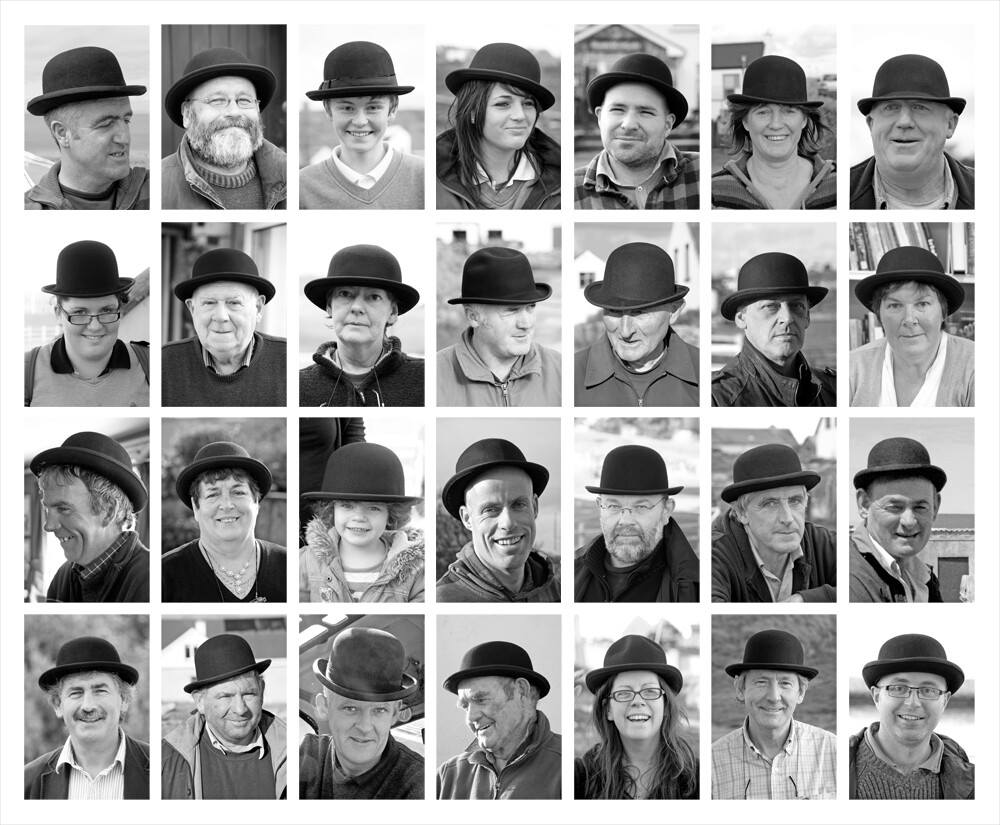
'The Beckettness of Inis Oirr', Islanders portrayed, wearing a bowler hat. In collaboration with Erick auf der heide
-

Cill na Seacht nInion (halfway between the watch tower and the lake on the Aran island Inis Oirr). This is known locally as AN CHILL. While it is recorded as the oldest monastic site on the island and is associated with Naomh Moninne, the first saint to inhabit the island, it is not generally visited by locals as a place of pilgrimage at present. The "sleeping quarters" in the perimeter wall are reminiscent of the catacombs in Rome. While 'Cill na Seacht nIníon' is translated as 'Church of the Seven Daughters' Seacht in Irish also means several or many. Another writer (Sean Spellissy) names the site Creggankeel fort. It derives its name from Dun an Chreagain Chaoil, the fort of the narrow stony place. It is believed to have been an old ecclesiastical site and known as An Cill Bheannaithe, the blessed graveyard, rather than church, or Cill na Seacht nInion, the church or graveyard of the seven daughters. Carel reconstructed the cross in the graveslab into bronze.
-
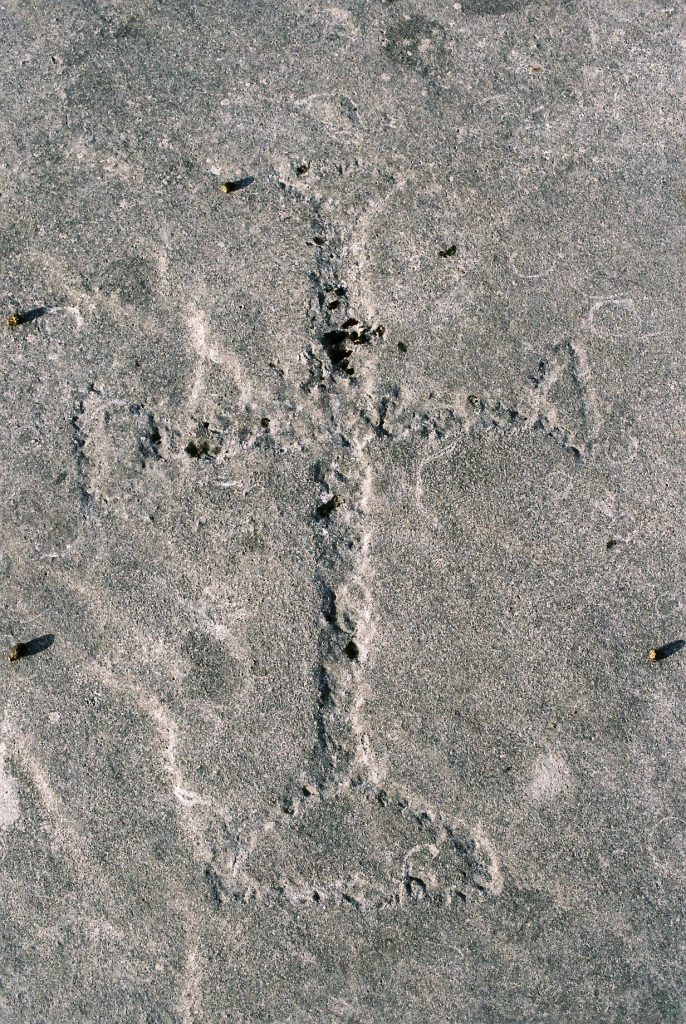
A cross in the stone field behind Aras Eanna
-
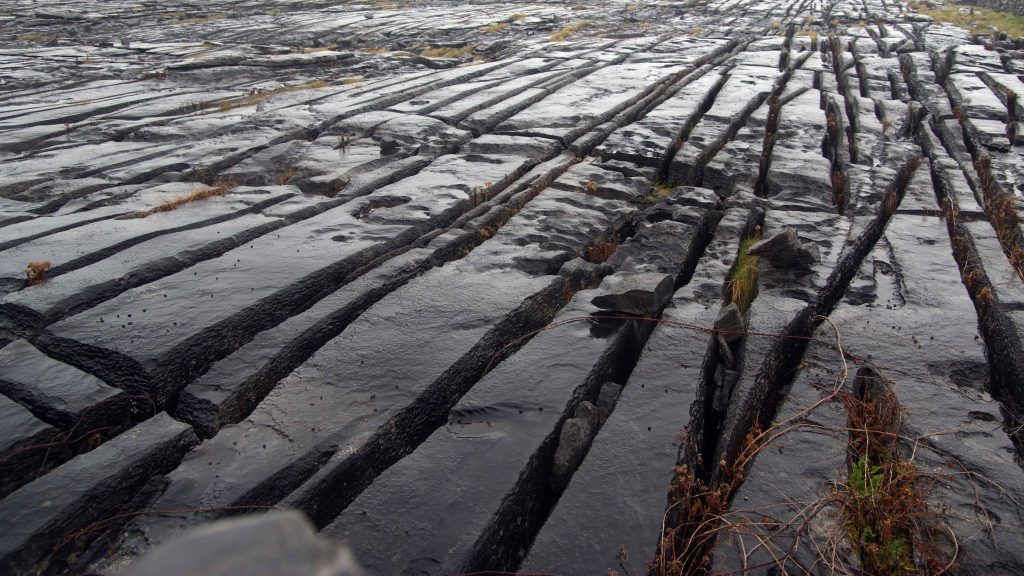
Lines in the landscape
-

Drawing of Inis Oirr with 'the man in the stone'
-
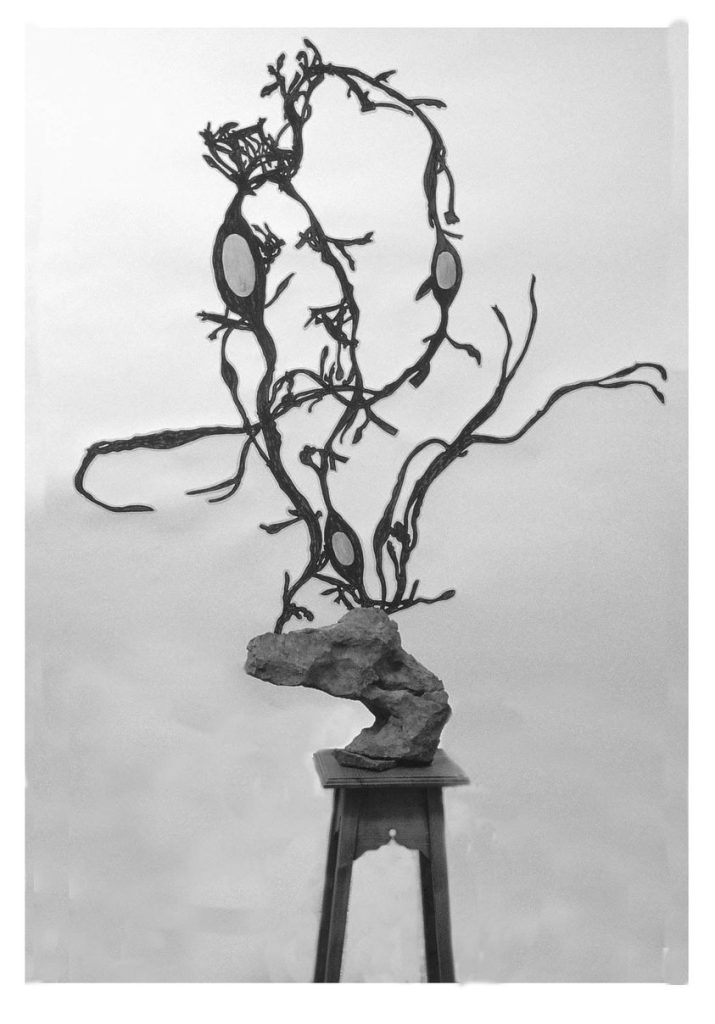
Inisheer (Inis Oírr) is an island that Carel first saw in 1979, standing at the cliffs of Moher. At the time he was traveling around Ireland on a BMW R50 motorcycle. This first visit to the smallest of the Aran Islands lasted three weeks and in 2002 he decided to return. Since then he has returned regularly. In 2004 he worked for 3 months in the artist in residence ‘Aras eanna’.
He also investigates archaeological remains here, among others cross shapes in early Christian tombstones, to reconstruct them into objects.
Year / Years:
1979
Categorie: